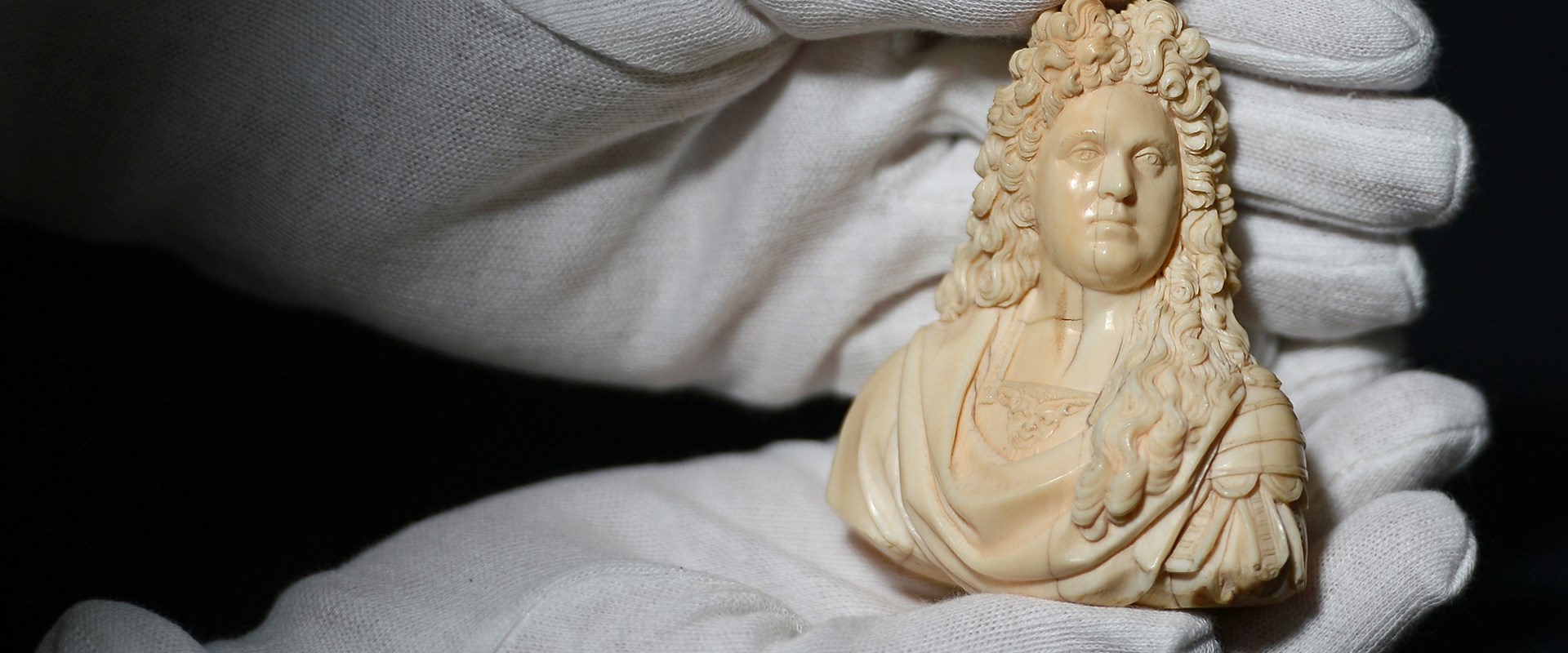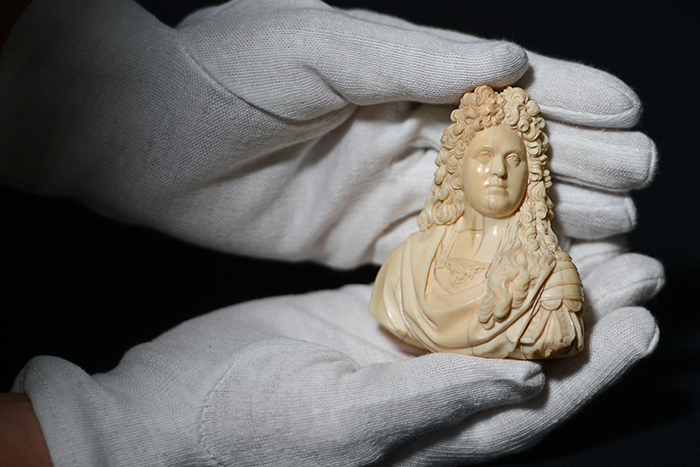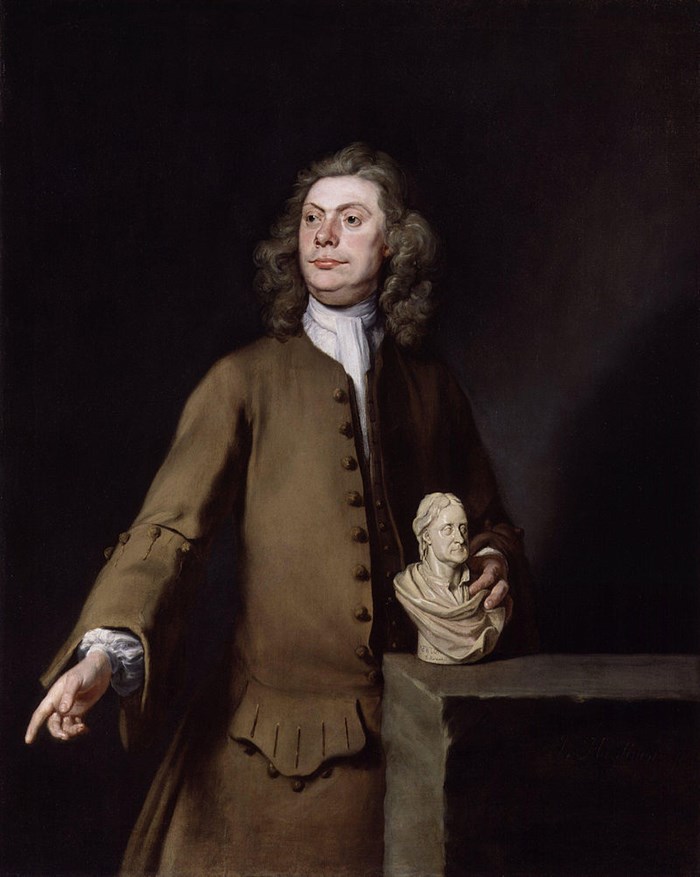Key in a search term below to search our website.
Key in a search term below to search our website.

Carved by virtuoso ivory sculptor David Le Marchand, this set of five portraits was commissioned by George Mackenzie, 1st Earl of Cromartie, in 1696.
Date
1696. As one of the portraits is dated, we think these might be some of the first ivories Le Marchand carved after arriving in Edinburgh.
Made by
David Le Marchand
Made from
Ivory
Museum reference
On display
Art of Living, Level 5, National Museum of Scotland
Did you know?
Before coming to National Museums Scotland, this complete set of ivories stayed in the Mackenzie family for more than 300 years.

Above: Ivory portrait bust of James Mackenzie, 2nd Earl of Cromartie, under conservation at National Museums Scotland.
Ivory portraits were extremely fashionable in the 17th and 18th centuries. David Le Marchand alone counted some of society’s biggest names amongst his clients: George I, the Duke of Marlborough and Sir Isaac Newton in London, and the Earl of Cromartie and the Duke of Perth in Edinburgh.
This particular set commemorated the Earls of Cromartie and their family. The most prominent of the sitters was George Mackenzie, 1st Earl of Cromartie. He had an extensive political career, serving as Lord Advocate and then Secretary of State for Scotland. A lover of the arts and science, George was a founding member of the Royal Academy of Science and also advised Sir Robert Moray during the foundation of the Royal Society.
The portrait bust is of John Mackenzie, 2nd Earl of Cromartie. George’s eldest surviving son was known for political intrigue; he plotted against the Hanoverian government, in the process murdering a Hanoverian spy. He only escaped execution thanks to his father.
Born in 1674, David Le Marchand was an ivory sculptor and Huguenot refugee. He grew up in the French town of Dieppe, entry port for the West African ivory trade and famed for its exquisite carvings during the 17th century. Le Marchand learned the craft from his father and brothers.

Above: David Le Marchand, by Joseph Highmore, c.1724.
After the Edict of Nantes was revoked in 1685, life in France was increasingly dangerous for Protestants like Le Marchand. He fled France and settled in Scotland during 1696. Granted a licence for ivory carving in Edinburgh, his fame quickly spread and by 1700, he moved to London. By the time of his death in 1726, Le Marchand was established as one of the most fashionable ivory portraitists of the age.
David Le Marchand was a virtuoso, one of the most important Baroque ivory carvers in history. His work captured the spirit of the age, committing his sitters to ivory with outstanding detail and expressiveness. These ivories are objects of beauty, portraits of the very highest artistic quality.
Although prolific in London, few ivories were known to be carved by Le Marchand in Edinburgh. Very little survives of what he did carve. The Mackenzie family ivories are in this respect unique: a unified set of works by Le Marchand with a matchless family provenance. Before coming to the Museum, they had remained at the family seat, Castle Leod, for 300 years.